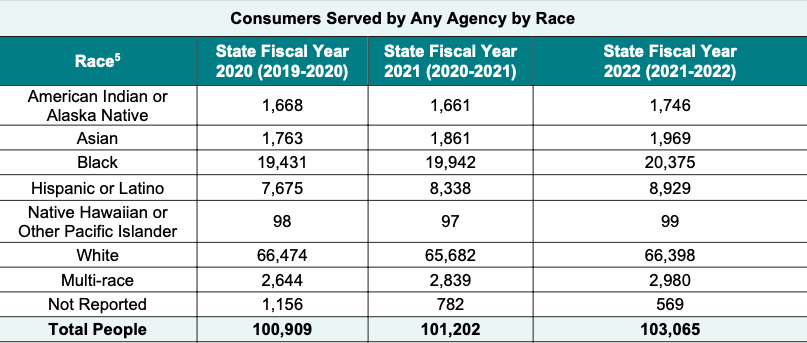
Continued growth and support for individuals with disabilities was highlighted as the Wisconsin Department of Workforce Development (DWD) released its joint Competitive Integrated Employment (CIE) Outcomes annual report.
The DWD, in a joint effort with the Department of Health Services (DHS) and Department of Public Instruction (DPI), released its collaborative report on employment outcomes for Wisconsin residents with disabilities today. Collaborative efforts from the three departments come from the 2017 Wisconsin Act 178 that requires the agencies to develop a joint plan and annual reporting to increase CIE, defined as an individual with a disability working in a full or part-time position with other individuals without a disability.
Key takeaways from the report found:
- 1,661 unique individuals were served by all three agencies within the fiscal year, up from 1,489 the previous year
- Individuals who received Medicaid Home and community based services saw a 20% increase in employment rates when they received vocational rehabilitation (VR) services
- 25-34-years-olds had a 34% higher employment rate and 55-64-year-olds had a 29% higher employment rate when both groups had access to VR services

The DWD’s VR services help those with disabilities find, keep or get a better job, according to the DWD.
The report shows that those who connect with VR services have equal employment outcomes. Between males and females, those with disabilities who do not connect with VR services have significantly lower employment rates.
Males have a 17% lower employment rate while females have a 24% lower rate.
“The work of the cross-agency Competitive Integrated Employment team is paramount to ensuring all Wisconsinites have the resources and support to achieve their career goals,” said DWD Secretary Amy Pechacek in a press release. “DWD is proud to continue our partnerships with other state agencies to develop and strengthen Wisconsin’s workforce.”
Other figures in the report show a steady increase for BIPOC individuals with disabilities served by the agencies.
Out of 103,605, 34.44% — or 35,461 — were BIPOC individuals with disabilities. The number is 2.21% up from last year’s 32.23% — or 32,681 — out of 101,202 individuals with disabilities served by the agencies.
The joint effort for next year aims to continue to improve on CIE outcomes. The departments have three performance improvement targets.
- Increase of awareness that there is work out there for people with disabilities by promoting CIE opportunities using targeted outreach and education.
- Align state and local service delivery systems and strengthen coordination to increase CIE opportunities.
- Prepare students for careers by participating in k-12 career pathways by using Career and Technical Education courses and work-based learning experiences while connecting them with services during and after high school.
The full 2023 report can be viewed here.






